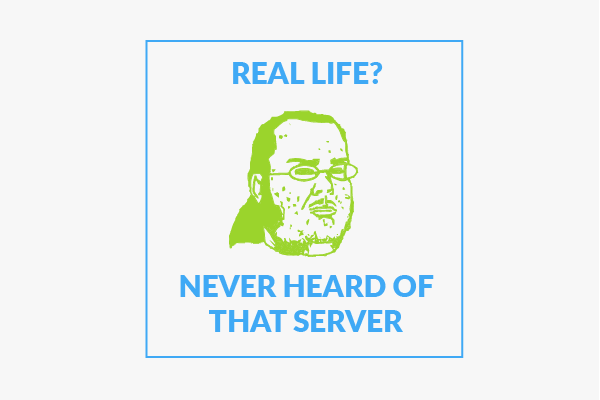Meme
A meme is a piece of information, often a graphic, with an appropriate caption. Memes are characterized by viral distribution in social media channels and are published in many different forms.
Elements
A meme is usually an image but can also take other forms, such as:
- Videos
- Hashtags
- Texts
- Dances or Movements
- Gestures
Memes typically feature a photo with film or television motifs, well-known personalities or cartoon figures. They usually have a message, which is often split into two parts that are located above and below the graphic.
Distribution
Real memes are often shared tens of thousands of times. However, it doesn't always stay in its original format. Often individuals exchange part of the message in the graphic and adapt the logic to his or her own message. Therefore there are many variations of well-known memes. If the adapted message is perceived as funny or logical, it can continue to spread. However, many variants quickly disappear.
Example
A good example of memes are the so-called "Chuck Norris facts." These memes usually consist of a photo or film scene with Chuck Norris combined with a caption that is typical of Chuck Norris jokes. Insiders who know the jokes often jump on the bandwagon and share the memes. If you don't know the logic behind the jokes, you probably don't understand them. A list of "The Best Chuck Norris Memes" shows the connections and the logical structure of Memes very clearly.
Importance to Online Marketing
Memes attract a lot of attention and are therefore interesting for online marketers. If a meme is used for advertising, it is called memejacking. Whether the offshoot meme is actually successful is usually left to chance. The following principles will help increase the chance of memejacking success:
- The meme must be adapted for the target group.
- It can’t be too general and must have a personal touch. The use of humor should not be ignored.
- The meme should allude to a problem that the target group knows and provide a solution - not an easy task.
- The design of the memes require a great deal of intuition. Too brazen an approach can lead to negative reception or even rejection.
- Timing is an important consideration to get the best reaction. When the meme is most popular, online marketers should jump on the bandwagon. If you publish your own meme too early or too late, there is a risk that it will disappear into the oblivion.
- The marketer should be familiar with the graphic or video that he or she is adapting, as well as the background, to understand the underlying logic of the meme and to implement it correctly.
- Memes are usually only available in English. A translation is rarely meaningful, as it may lose its original meaning.
Online Marketers can also publish their own memes and start their own hype.
Weblinks

